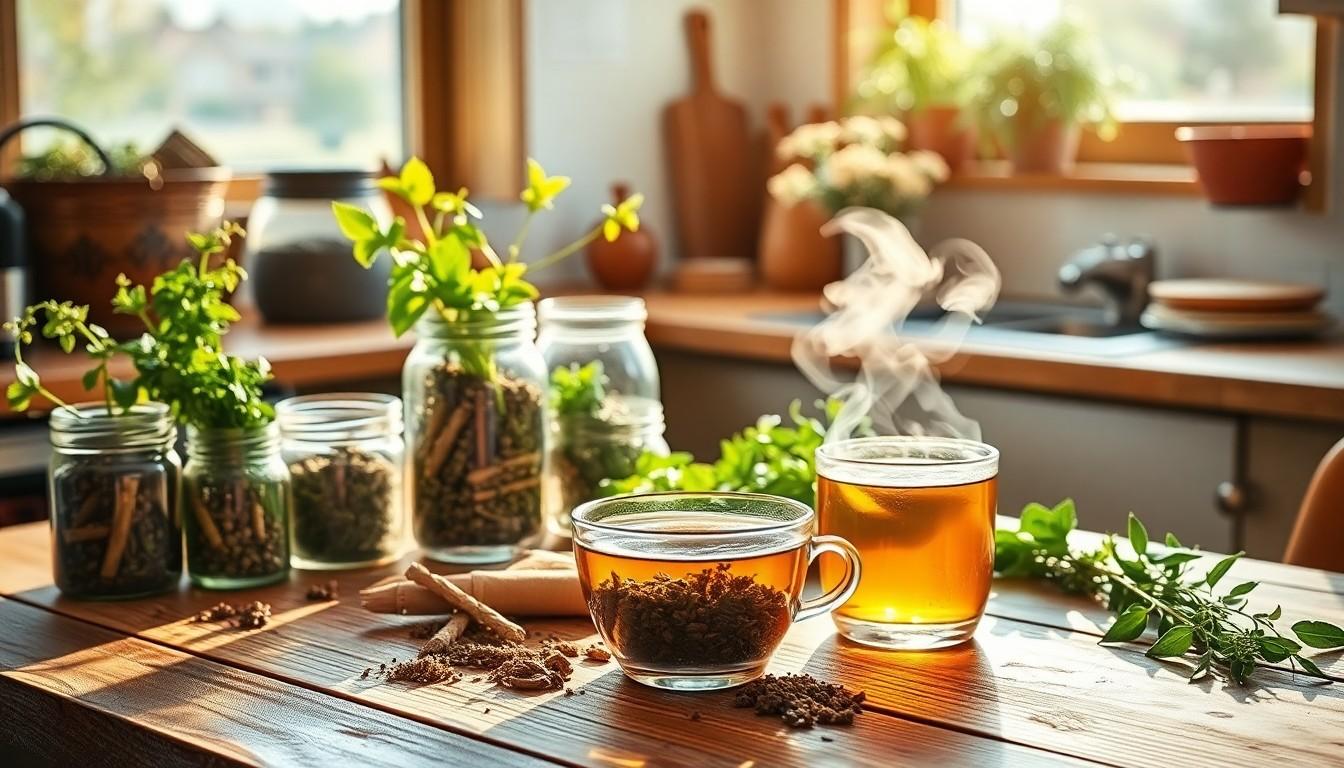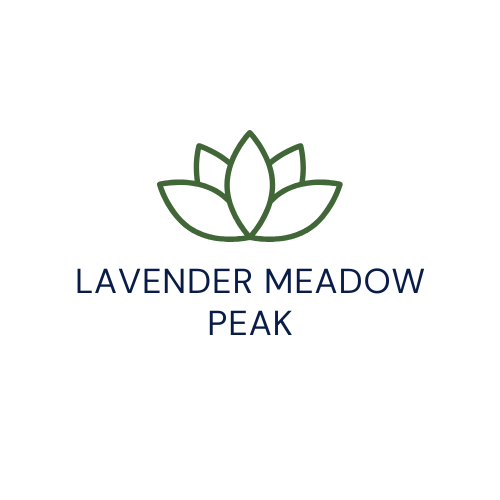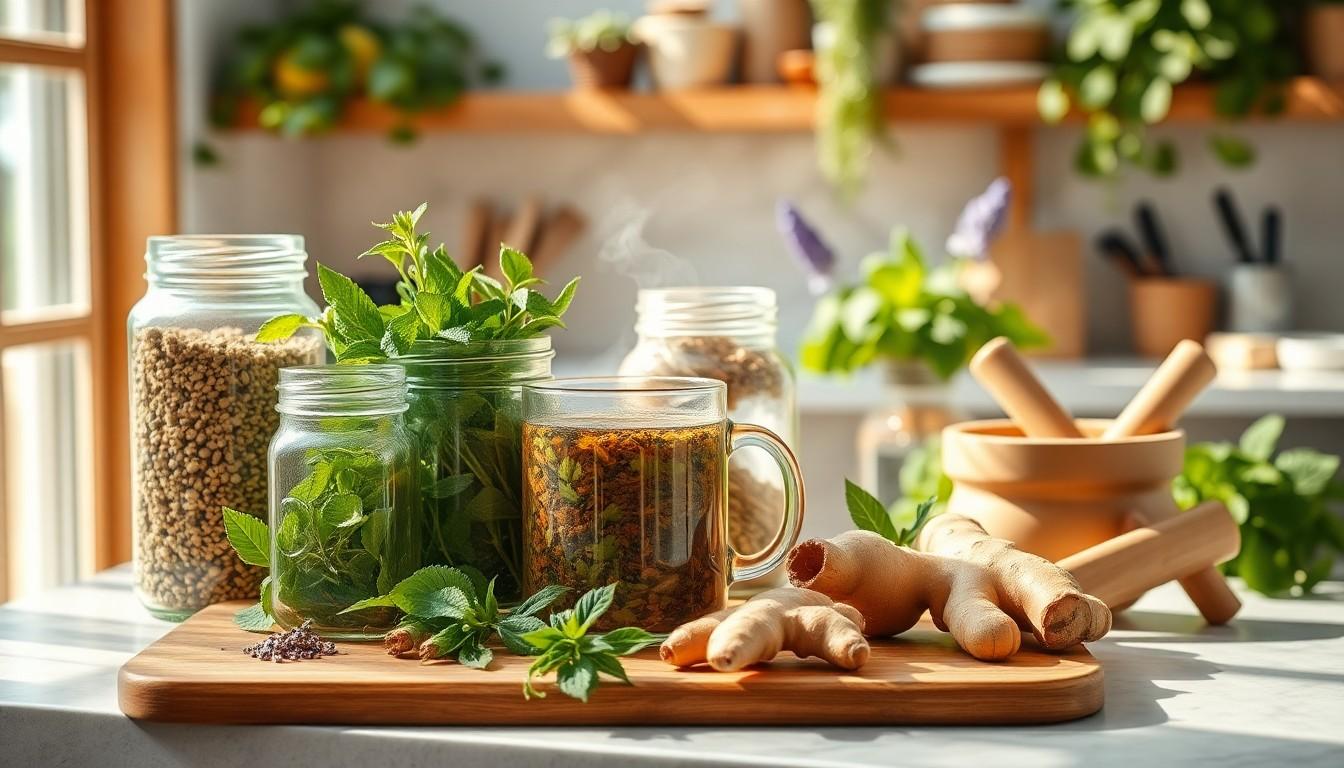In a world where synthetic solutions often reign supreme, the allure of natural and herbal remedies is stronger than ever. Imagine a life where your medicine cabinet is filled with vibrant herbs and fragrant oils instead of unpronounceable chemicals. Sounds like a dream, right? Well, it’s time to wake up and embrace the power of nature!
This guide dives into the delightful realm of natural remedies that not only promise relief but also make you feel like a modern-day herbal wizard. From soothing teas that could calm a raging dragon to salves that work wonders on pesky ailments, there’s a treasure trove of options waiting to be explored. So grab your favorite mug and get ready to discover how to harness the gifts of nature for a healthier, happier life.
Good Living Guide to Natural and Herbal Remedies
The Good Living Guide to Natural and Herbal Remedies serves as a comprehensive resource for individuals seeking alternative approaches to health. This guide explores a variety of natural remedies that enhance well-being without resorting to synthetic substances. Readers discover calming herbal teas, soothing oils, and effective salves designed for their unique needs.
Natural remedies gain popularity due to their accessibility and effectiveness. These alternatives often come from easy-to-find ingredients, including common herbs like chamomile and peppermint. Each remedy offers distinct benefits, such as promoting relaxation or aiding digestion.
Information within the guide emphasizes practical applications. Descriptions clarify how to prepare teas or create topical applications from herbs. Various strategies highlight the importance of herbs in everyday life, encouraging readers to integrate these remedies seamlessly into their routines.
The guide also addresses safety and efficacy. Users learn the correct dosages and methods to avoid adverse effects while maximizing benefits. Incorporating expert insights bolsters understanding and encourages informed decisions regarding herbal use.
Overall, The Good Living Guide to Natural and Herbal Remedies empowers readers to explore nature’s offerings confidently. Enhanced wellness becomes attainable while providing sustainable wellness solutions. Readers navigate this guide with ease, ready to transform their health journey through nature’s healing power.
Key Concepts and Principles

Exploring natural and herbal remedies provides opportunities for holistic health management. Understanding the basic principles of these remedies leads to better overall wellness.
Understanding Natural Remedies
Natural remedies draw from plants, minerals, and other elements from nature. These resources offer time-tested solutions to various health issues, with many cultures benefiting from them for centuries. Common examples include herbal teas, tinctures, and essential oils. Each remedy has specific properties that target particular conditions. For instance, chamomile effectively calms anxious thoughts, while ginger aids digestion. Familiarizing one’s self with these remedies enhances their practical application in everyday life.
Benefits of Herbal Remedies
Herbal remedies offer numerous advantages for health and well-being. They provide gentle alternatives to synthetic medications, often with fewer side effects. Herbs like elderberry boost the immune system, while peppermint relieves tension headaches. Many herbal solutions enhance body functions, improving digestion and promoting relaxation. Cost-effectiveness also plays a role; many herbs grow easily at home, reducing reliance on expensive pharmaceuticals. Incorporating these remedies into daily routines encourages a more natural approach to health.
Types of Natural Remedies
Natural remedies encompass a variety of approaches, each with unique benefits and applications. Common solutions include herbal ingredients and practical usage methods that enhance wellness.
Common Herbal Ingredients
Many people favor herbal ingredients due to their effectiveness and availability. Chamomile promotes relaxation and aids sleep, while peppermint helps alleviate digestive issues. Lavender acts as a calming agent, and ginger supports immune function. Echinacea is well-known for its immune-boosting qualities, while turmeric provides anti-inflammatory effects. Users find that incorporating these herbs into their routines yields positive health outcomes.
Usage and Applications
Natural remedies offer diverse applications across wellness practices. Herbal teas serve as soothing beverages, easily prepared by steeping dried ingredients in hot water. Tinctures provide concentrated extracts, allowing for effective administration in small doses. Essential oils find their niche in aromatherapy, enhancing mental clarity and emotional balance. Topical applications using salves support skin health by addressing minor ailments. Recognizing these varied uses facilitates an informed approach to embracing natural wellness solutions.
Effectiveness and Safety Considerations
Exploring natural and herbal remedies involves understanding their effectiveness and safety. This section addresses crucial aspects that enhance informed usage.
Research and Evidence
Scientific studies support many natural remedies’ effectiveness. Chamomile, for example, shows promise in reducing anxiety based on clinical trials. Research indicates that peppermint aids digestion through its muscle-relaxing properties. Additionally, echinacea has been linked to improved immune response, reinforcing its use during cold and flu seasons. Various herbs display unique properties that warrant further investigation. Thorough evaluation of herbal remedies provides insight into preparation methods and applications.
Potential Risks and Side Effects
Natural remedies aren’t without risks. Some herbs can interact with medications, leading to harmful effects. For instance, St. John’s Wort may reduce the effectiveness of antidepressants, posing significant concerns. Allergic reactions can also occur, particularly with pollen-containing plants like chamomile. Dosage is another critical factor; excessive use of certain herbs can result in adverse reactions. Consulting with healthcare professionals ensures safe integration of herbal remedies into wellness routines. Awareness of specific side effects prevents complications and promotes healthier choices.
valuable insights into effective herbs and their applications
Embracing natural and herbal remedies can transform one’s approach to health and wellness. By integrating these remedies into daily routines individuals can tap into the healing power of nature. The Good Living Guide offers valuable insights into effective herbs and their applications making it easier to navigate this journey.
With a focus on safety and proper usage readers can confidently explore options that align with their health goals. The shift towards natural solutions not only promotes personal well-being but also fosters a sustainable lifestyle. As more people discover the benefits of these remedies the path to improved health becomes clearer and more attainable.

